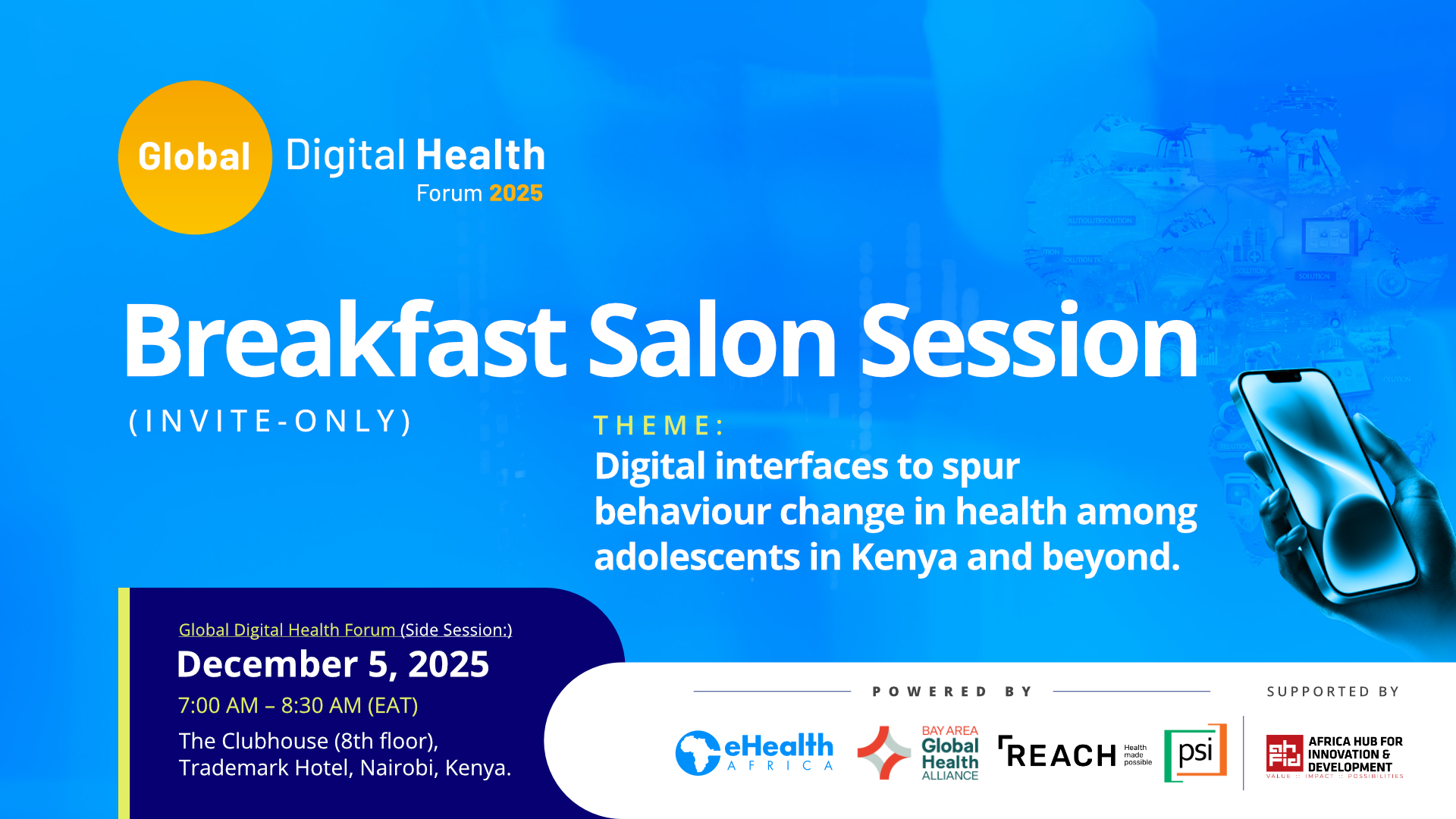Blog
-

Report
GDHF REPORT : How eHealth Africa Advanced Scalable Digital Health at GDHF 2025
-
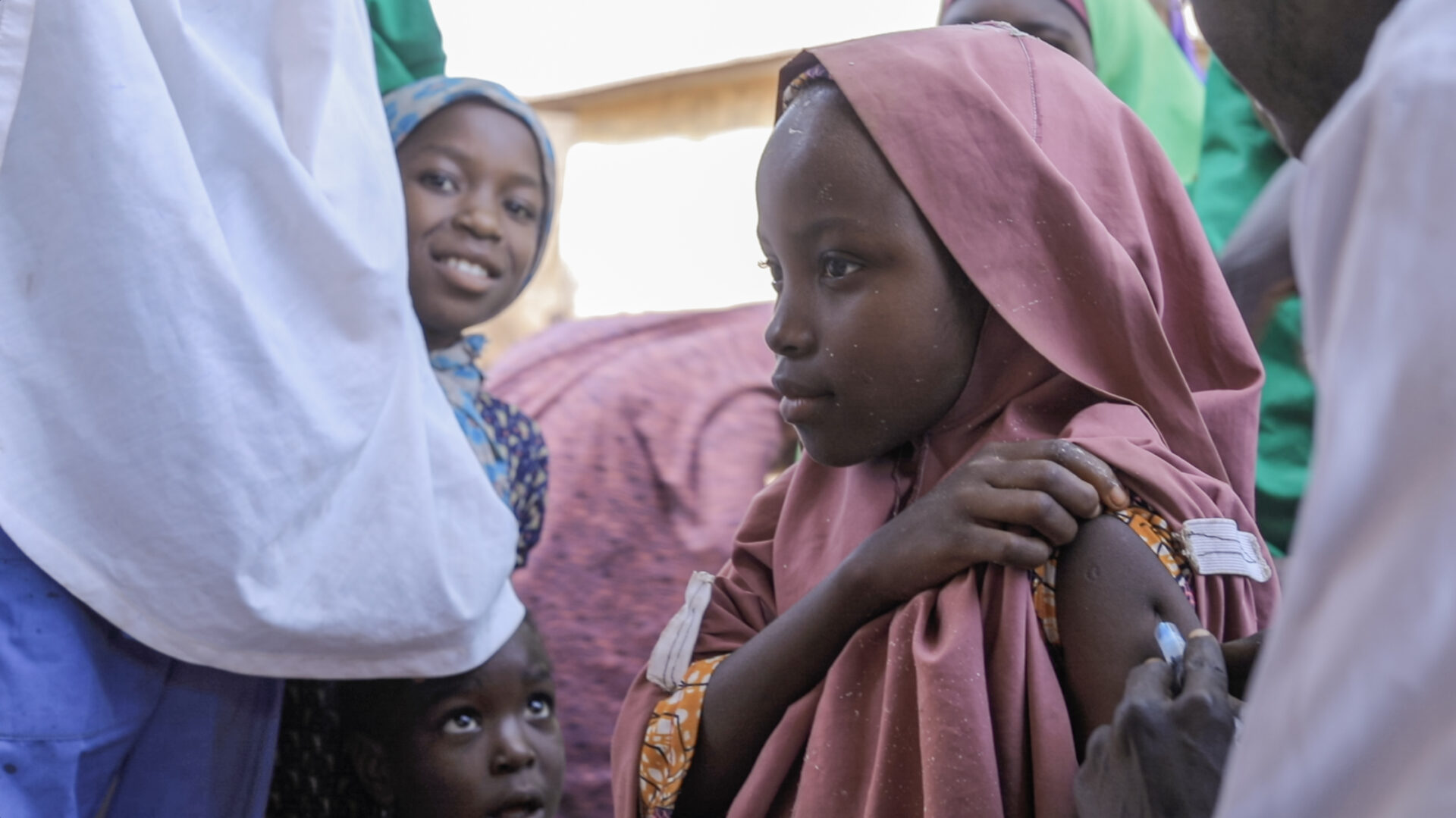
News
After Losing a Child to Diphtheria, Kano Woman Champions HPV Vaccination
-

News
Kano Communities Avert Painful Cancer Deaths Through Informed Vaccination
-
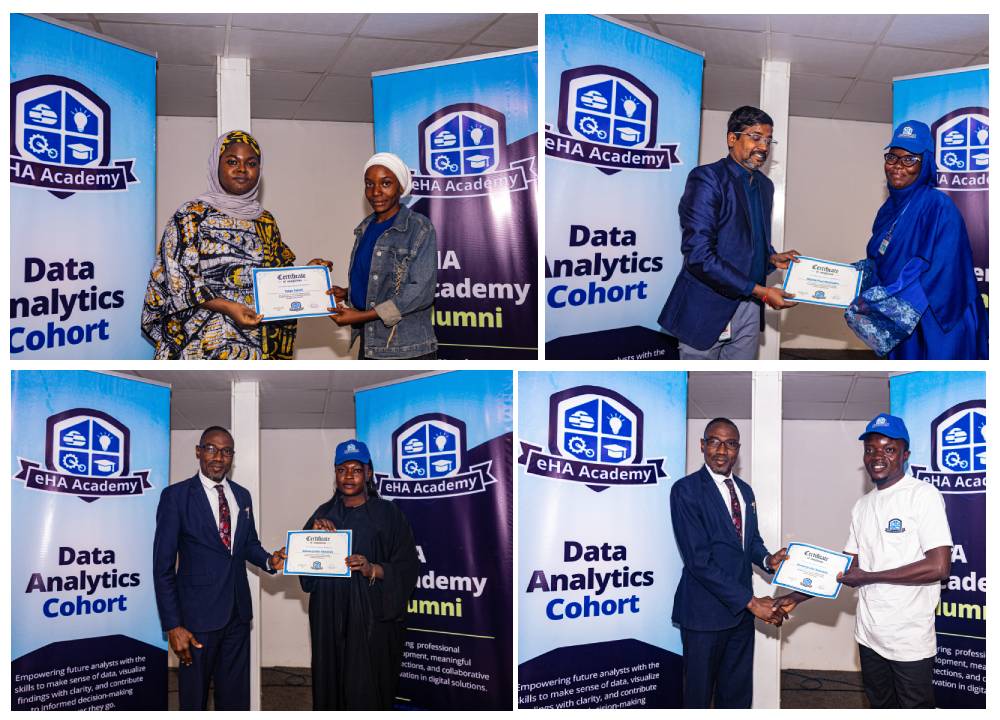
Press Release
eHA Academy Strengthens the Digital Space with 92 New Graduates in Data Analytics and Advanced JavaScript
-
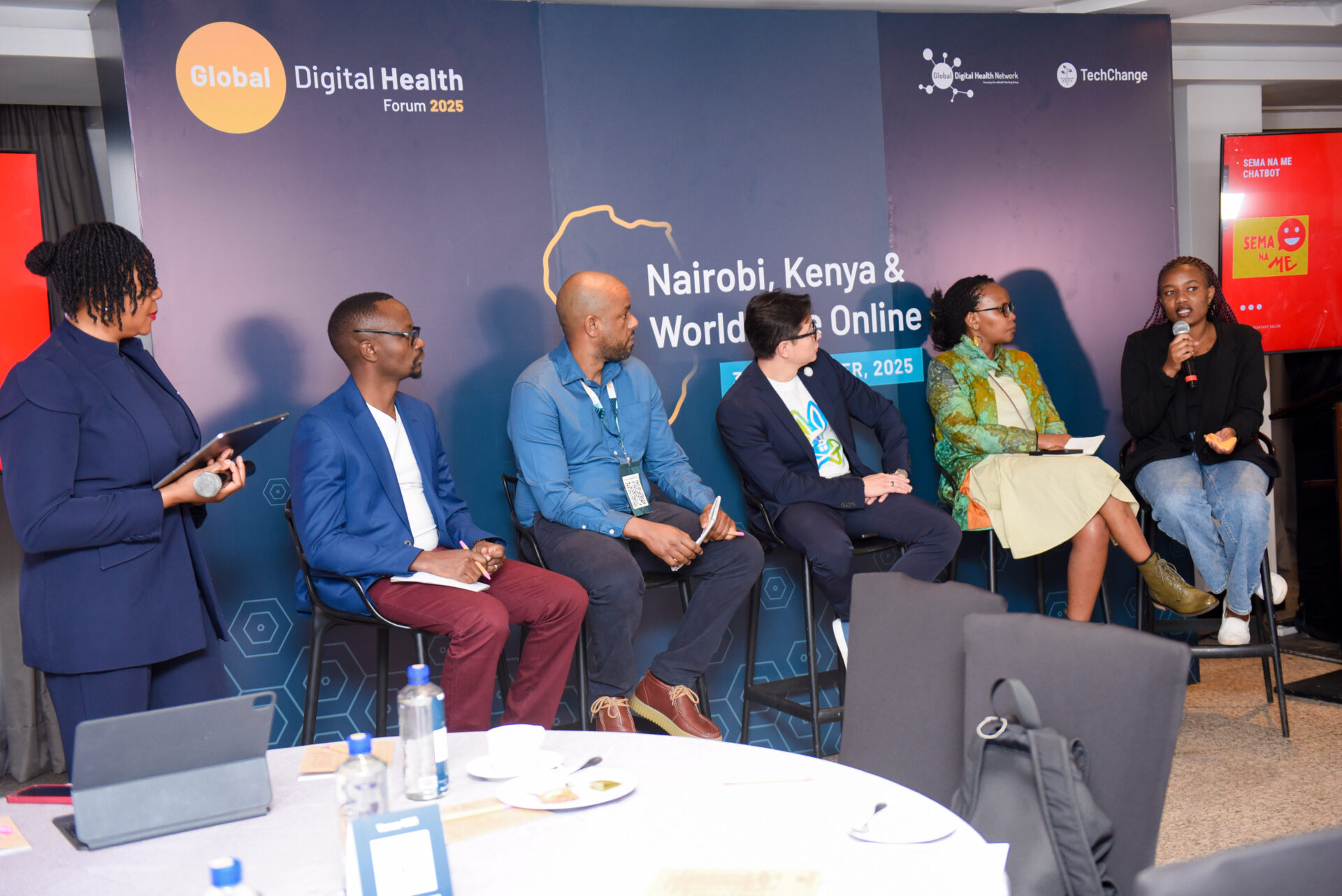
Press Release
GDHF 2025 : eHealth Africa, Partners Call for Sustainable Financing, Collaborative Innovation for Promote Adolescent Behavioral Change
-

News
How eHealth Africa is Expanding PlanFeld Deployment to Boost Vaccination Reach in Nigeria
-

News
BISKIT : Saving Lives with Smart Blood Information System
-

Press Release
GDHF 2025: eHealth Africa, Avatar Consortium to Lead Conversations on Digital Interfaces for Adolescent Behaviour Change in Africa
-

News
Mapping the Way to Health Equity: How GIS Ensures No Child is Left Behind
